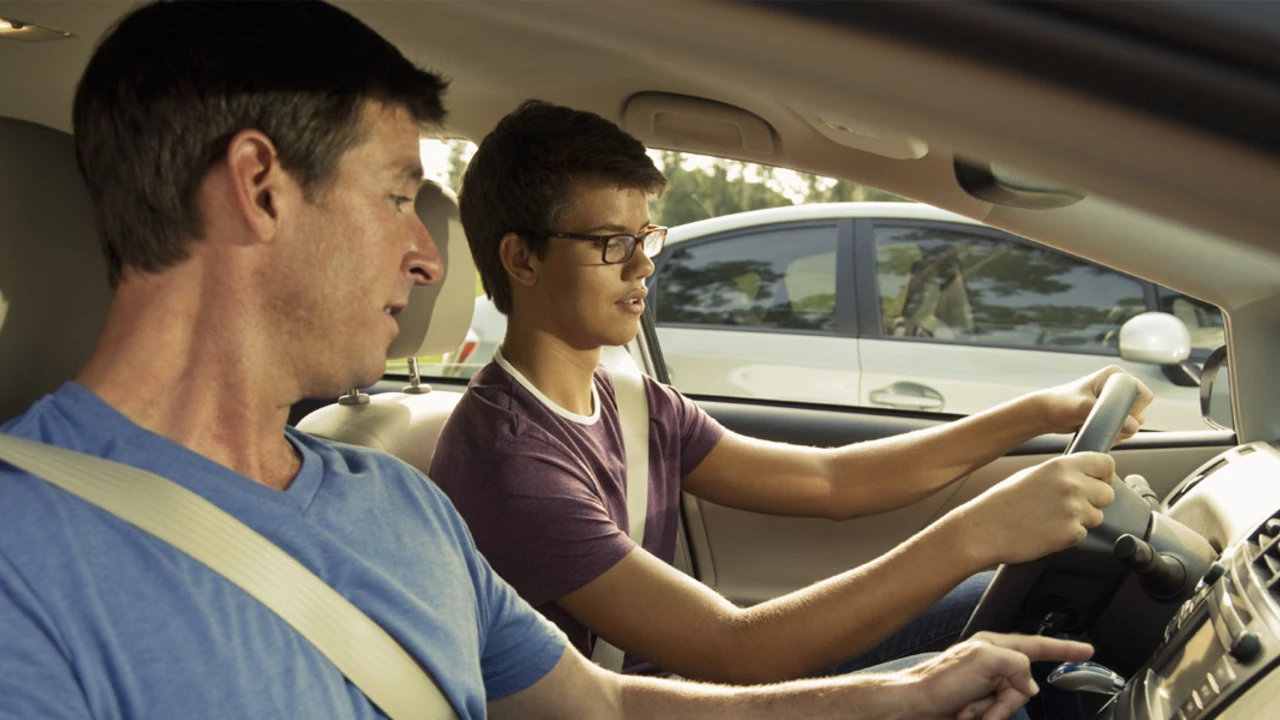Performance Driving School: What to Expect and How to Choose the Right One
Thinking about signing up for a performance driving school? You’re not alone. Drivers of all ages want to shave seconds off lap times, improve car control, and feel more confident behind the wheel. The good news is that a solid school can give you hands‑on practice, expert feedback, and a safe environment to push a car to its limits.
First, understand the core curriculum. Most schools start with basics like brake modulation, throttle control, and proper seating position. From there they move to advanced techniques such as heel‑and‑toe downshifting, trail braking, and drifting. Expect a mix of classroom theory (often a short video or slide deck) and on‑track time. The ratio varies, but a typical 2‑day course gives you about 4‑5 hours of actual driving.
Choosing the Right School
Don’t just pick the first name you see. Look for a school that matches your skill level. Beginners should ask if the instructor provides a pre‑course assessment and whether the car used is forgiving – a rear‑wheel‑drive car with a limited power output works well for newcomers. Intermediate drivers often prefer a high‑performance sports car that lets them explore limits safely.
Check the instructor’s credentials. Many top schools employ former race drivers, certified racing instructors, or coaches with a Level A or B license from a recognized motorsport authority. A quick Google search can reveal testimonials and any awards the school has earned. If possible, read reviews that mention how well the coach explains concepts and gives personalized tips.
Costs, Gear, and Preparation
Price ranges from £300 for a half‑day session to £1,200 for a full‑week intensive. The fee usually covers the car, fuel, and basic safety gear like a helmet and racing suit. Some schools let you bring your own suit or helmet, which can lower costs if you already own them.
Before you arrive, make sure you have a valid driving licence and meet any age requirements – most schools require you to be at least 18. Bring a pair of closed‑toe shoes (no flip‑flops) and a glove if you want extra grip on the steering wheel. Hydration is key; many tracks are hot, and a dry driver makes more mistakes.
After the course, you’ll likely receive a debrief video showing your laps side‑by‑side with a professional driver. Use this to spot where you brake too early or lift off the throttle too soon. Repeating the same drills at home or on a local track will turn the lessons into habits.
Performance driving isn’t just about speed; it’s about control, consistency, and safety. A good school will stress those points throughout the program and give you tools to improve long after the final lap. If you follow the tips above, you’ll find a program that fits your budget, skill level, and goals – and you’ll leave with the confidence to tackle any twisty road or track.

What's the best performance driving school near San Francisco?
After researching various options, I found that the best performance driving school near San Francisco is the Simraceway Performance Driving Center. Located in Sonoma, this school offers a wide range of courses tailored to different skill levels, all taught by professional instructors. They even provide real-world racing experiences on their state-of-the-art race track. So whether you're a novice seeking to enhance your driving skills, or an experienced driver looking to fine-tune your race craft, this school might be your top pick. Their high ratings and positive student reviews truly make them stand out.
read more

